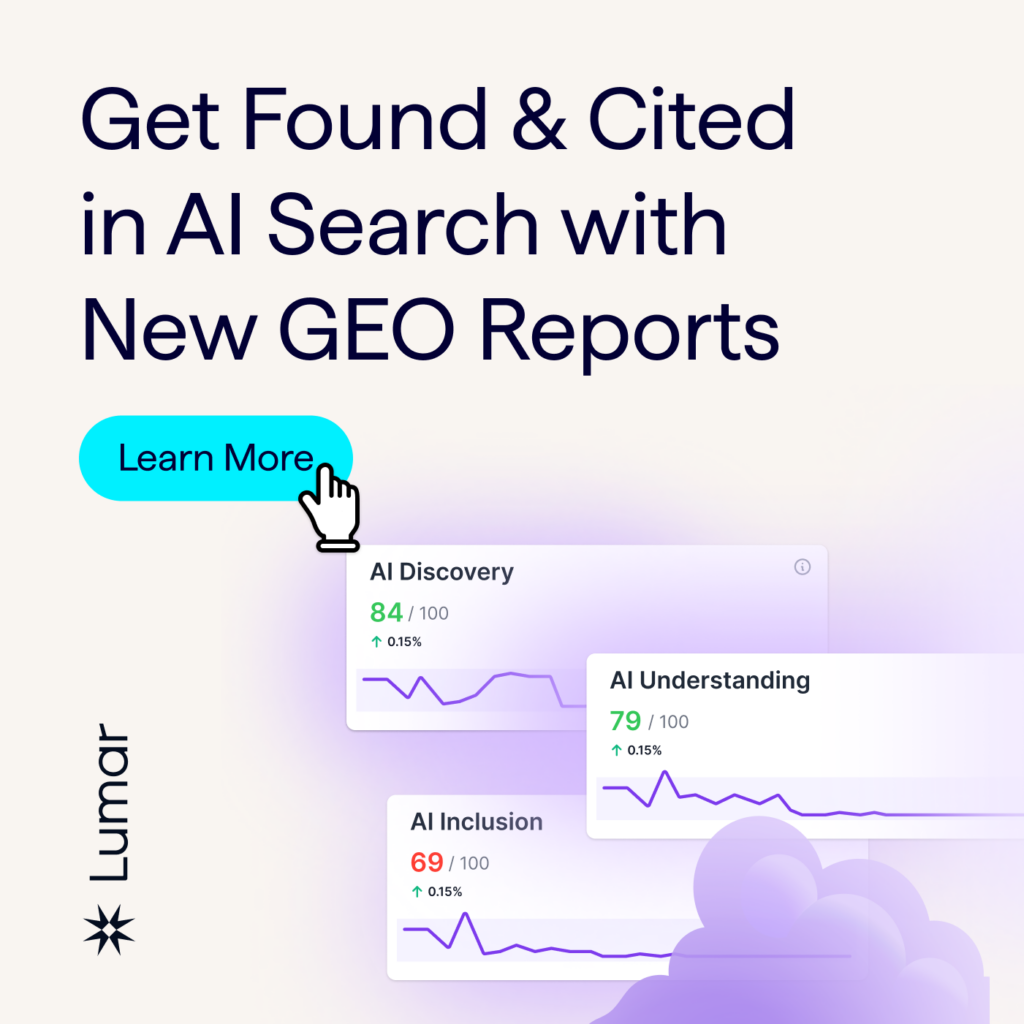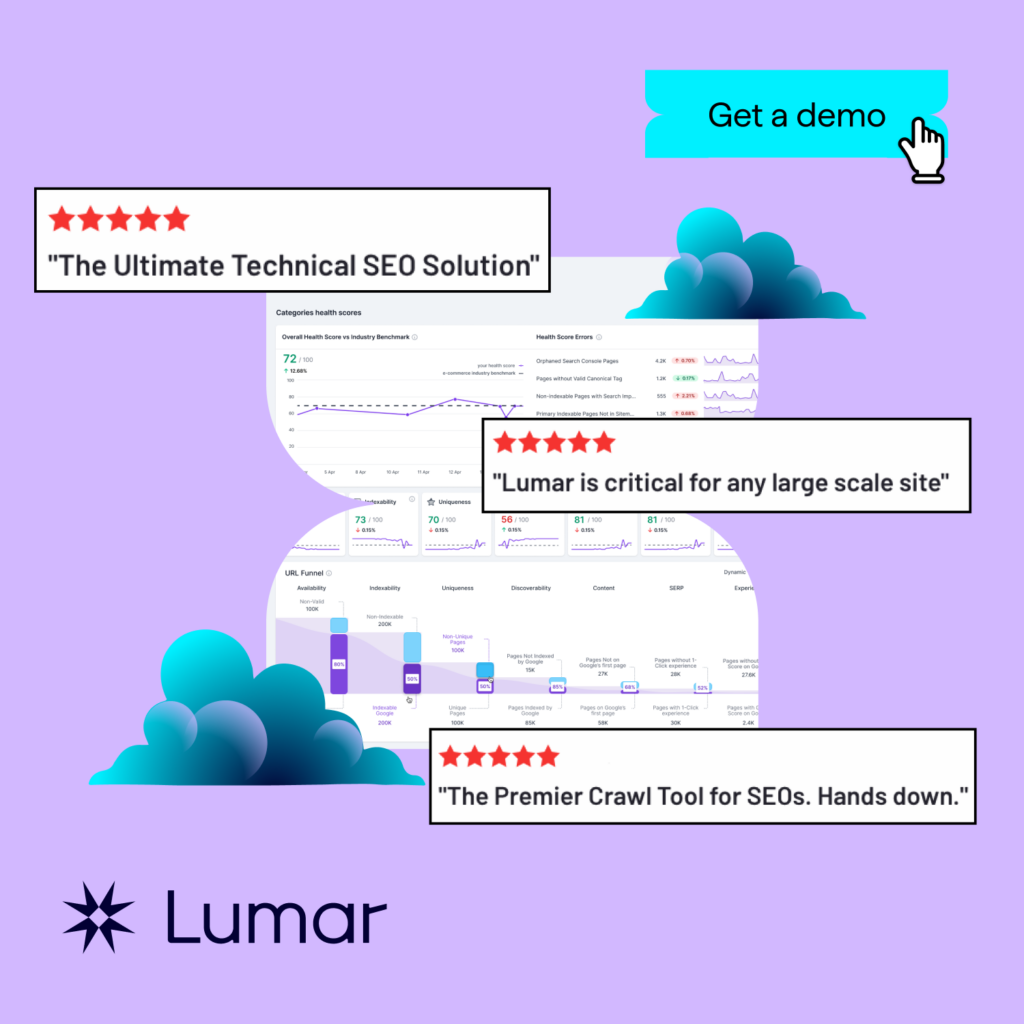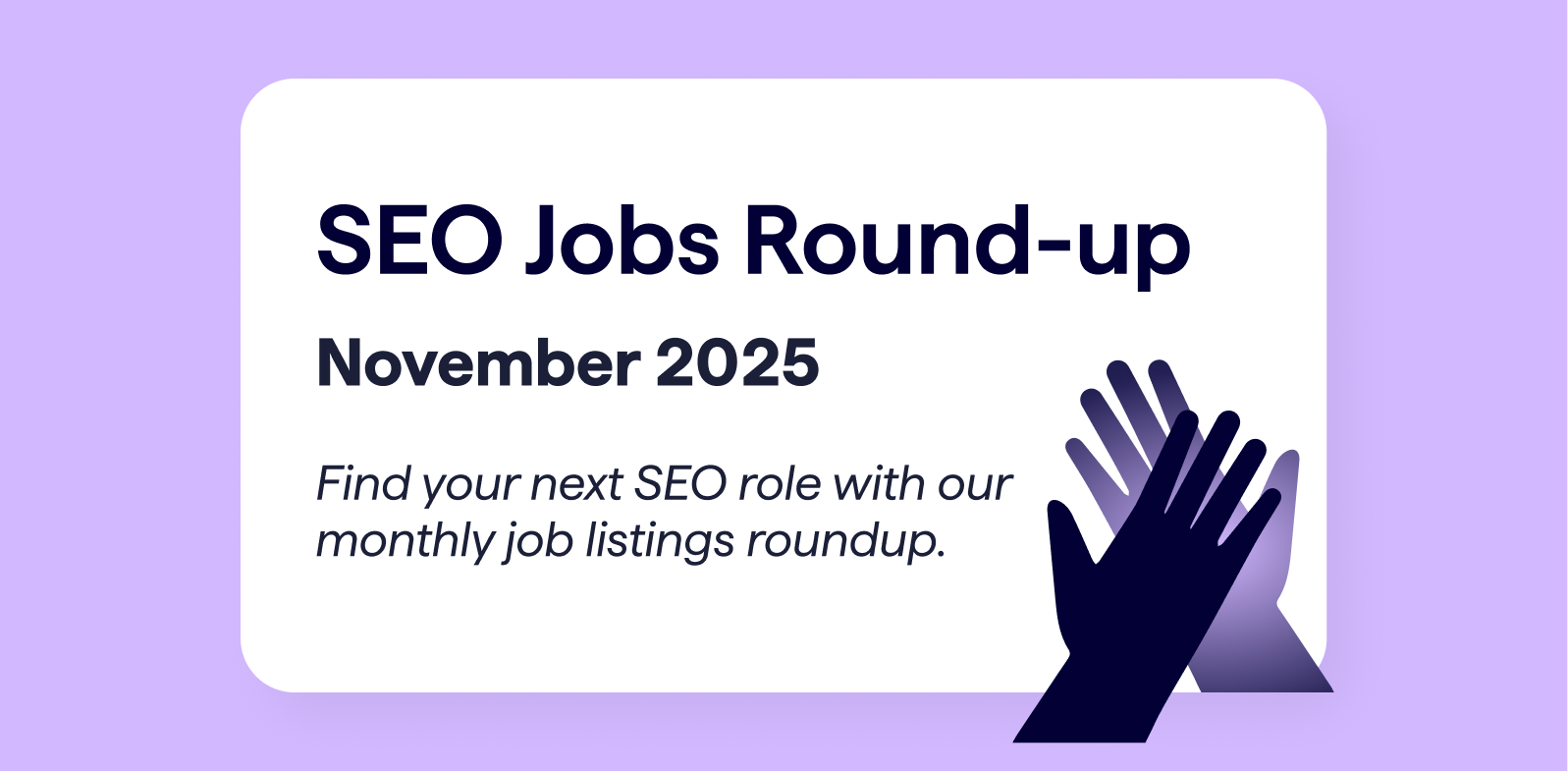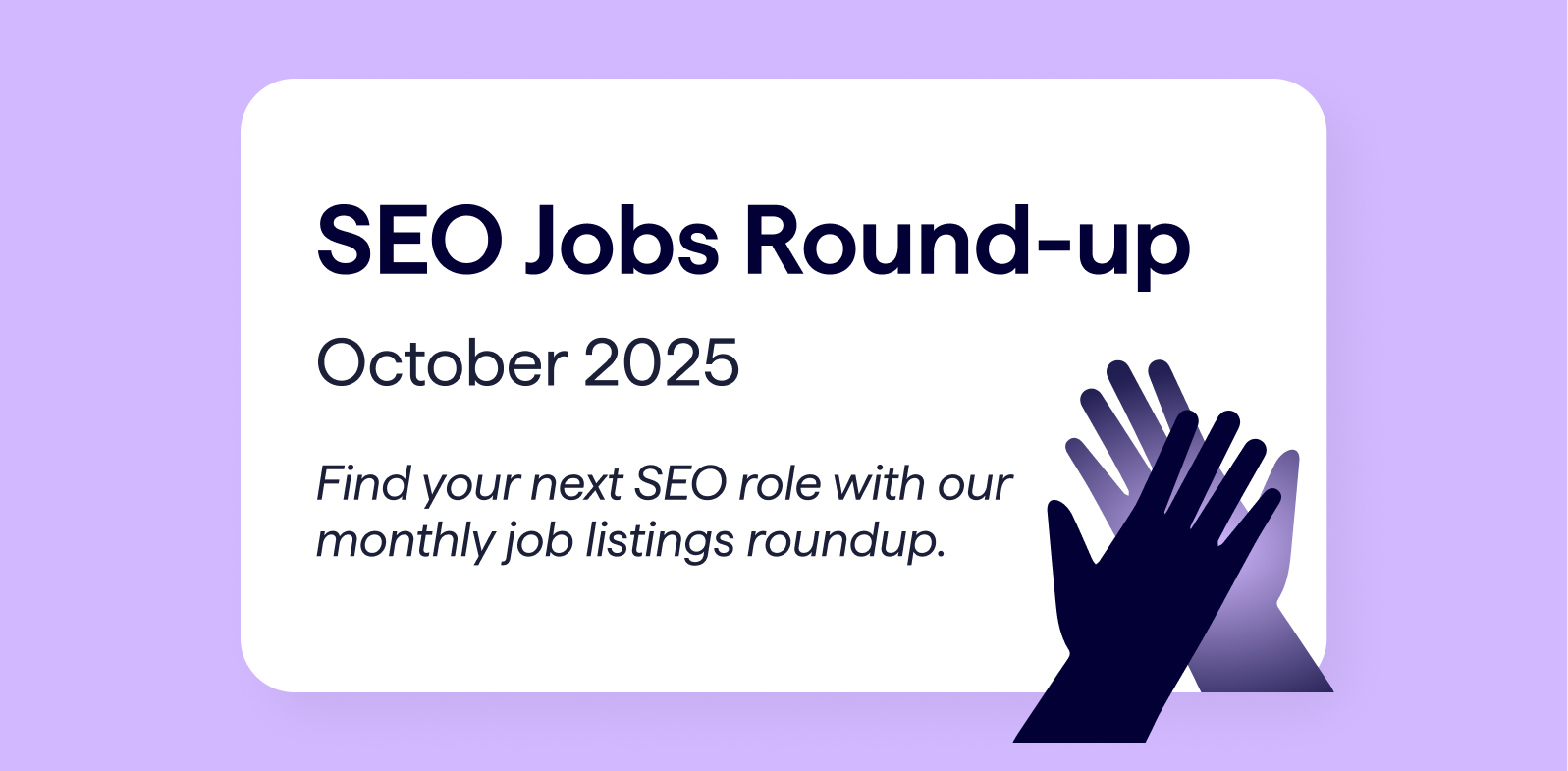What happened in the SEO industry this month?
Each month, Lumar’s in-house tech SEO experts hand-pick some of the SEO industry’s top news items from across the web to keep you up-to-date on all things SEO and website optimization.
For our June ‘25 SEO news roundup, top headlines include:
- Ranking volatility shakes up SERPs in June
- Google’s AI Mode adds interactive charts & data visuals
- Google launched a new “Search Live” feature with voice inputs
- ChatGPT search features have been updated
- AI Mode clicks, impressions, & position data now in Google Search Console
- 7 structured data features are being phased out in Google SERPs — and 1 is being added
- And more!
Now, let’s dig into the key SEO news from June…
Ranking volatility spikes in June
Throughout the month of June, significant volatility in search engine rankings has been observed across Google SERPs, with third-party tracking tools like Similarweb, Advanced Web Rankings, and others reporting stronger-than-usual turbulence.
Some categories seem to be more turbulent than others, with Semrush Sensor reporting extra-high ranking volatility for Business/Industrial, Food/Drink, and News categories, in particular.
Search Engine Roundtable’s Barry Schwartz posted about notable SERP fluctuations multiple times this month on June 18, June 9, and June 4 — as well as several dates in late May.
While Google hasn’t officially confirmed any major algorithm changes since the March 2025 core update, this wave of instability is prompting SEOs to closely monitor site performance this month.
Google’s Search Status Dashboard did record an indexing issue that took place for 5 hours, 21 minutes on June 12 (/ early hours of June 13, PDT), which has since been resolved.
(Sources: Search Engine Roundtable and Google Search Status Dashboard)
Google launched a new “Search Live” feature with voice inputs
On June 18, Google announced that they are launching a new “Search Live” voice search feature in the Google mobile apps for both Android and iOS, which is now available for US-based users enrolled in the AI Mode experiment in Labs.
This allows users to verbally ask questions, receive AI-generated audio responses, and easily follow up with additional voice queries. On users’ screens, links will appear to provide additional context from the web.
Per Google’s announcement:
“Search Live with voice also uses our query fan-out technique to show you a wider and more diverse set of helpful web content, enabling new opportunities for exploration.”
Per Robby Stein, Google Search’s VP of Product on X:
“With this query fan-out, AI Mode finds real-time info from both the web and from Google, like facts from our Knowledge Graph, info about the real-world, and shopping details on billions of products. This approach helps you get a greater breadth and depth of information than a traditional search on Google.”
(Source: Google’s The Keyword blog)
AI Mode clicks, impressions, & position data now in Google Search Console
Google has begun integrating AI Mode search performance data into Search Console, allowing site owners to monitor clicks, impressions, and average positions derived specifically from AI-generated search results. The robust help documentation for this rollout clarifies how traffic from AI Mode queries and visual elements are being captured and reported
Details about what counts as clicks, impressions, and positions are now included in the GSC help documentation.
Per the updated GSC help doc:
“AI Mode expands on AI Overviews to show a more interactive AI-powered response with links to web resources that support the information or direct the user to view relevant webpages. AI Mode groups the user’s question into subtopics and searches for each one simultaneously, and users can go deeper.
- Click: Clicking a link to an external page in AI Mode counts as a click.
- Impression: Standard impression rules apply.
- Position: Position in AI Mode follows the same methodology as a Google Search results page. Generally, carousel and image blocks within AI Mode are calculated using the standard position rules for those elements.
If a user asks a follow-up question within AI Mode, they are essentially performing a new query. All impression, position, and click data in the new response are counted as coming from this new user query.”
(Sources: Search Engine Land and Google Search Console Help Documentation)
OpenAI updates search functionality in ChatGPT
On June 13, 2025, OpenAI released an update aiming to enhance ChatGPT Search with improved comprehensiveness and accuracy.
The search update appears to focus on several key areas:
- More comprehensive responses: ChatGPT now says it will deliver deeper and more contextually aware answers, showing better understanding of user intent and maintaining coherence across longer conversational threads.
- Enhanced search execution: The system can now automatically invoke multiple searches for complex queries, reducing the need for manual follow-up.
- Image-based querying: You can now upload an image for ChatGPT to search the web based on visual content, enhancing its multimodal search capabilities.
The release notes also acknowledge several limitations with this update:
“Users may notice longer responses with this new search experience.
In some cases, a ‘chain of thought’ reasoning will show up unexpectedly for simple queries. A fix for this is rolling out to users shortly.
ChatGPT may still make occasional mistakes – please double-check responses.”
(Sources: ChatGPT Release notes and Search Engine Journal)
New interactive charts and data visualizations for finance queries are rolling out in Google’s AI Mode, in Labs.
Earlier this month, Google Labs started rolling out new interactive chart visualizations in AI Mode in Labs for finance-related search queries.
Google’s AI Mode will deliver AI‑generated data visualisations and summaries directly in the AI search results—think automatic charts, trend lines, and interactive visuals featuring data on stocks and funds.
This further moves AI search beyond text answers, offering deeper context without extra clicks.
(Source: Google’s The Keyword blog)
Google sunsets 7 structured data features in Search — and adds support for 1
On June 12, Google announced the phase‑out of seven low‑usage structured data types—including Book Actions, Course Info, Claim Review, Estimated Salary, Learning Video, Special Announcement, and Vehicle Listing—as part of a push to declutter its search results.
While these changes won’t affect rankings, the visual enhancements they powered will disappear in Google SERPs over the coming weeks.
Also on the structured data SEO news front this month, Google has added support for one new type of structured data: loyalty programs.
(Sources: Google Search Central Blog (and here) and Search Engine Journal)







